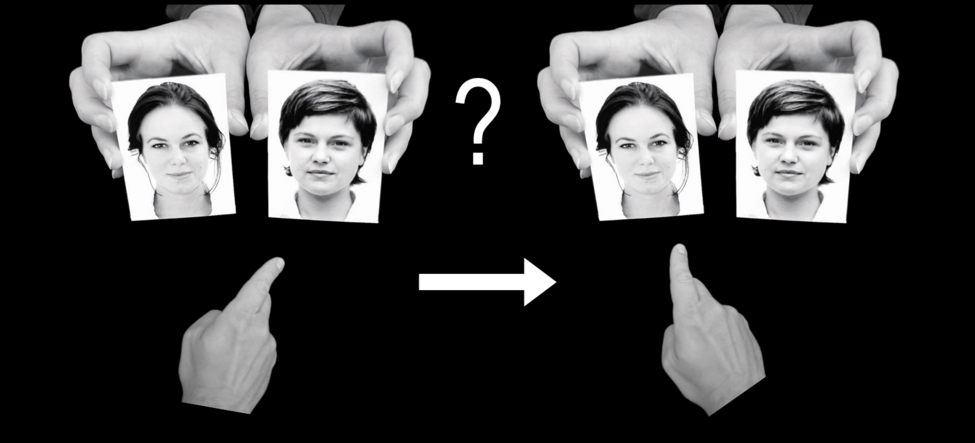Choice blindness is the finding that participants both often fail to notice mismatches between their decisions and the outcome of their choice and, in addition, endorse the opposite of their chosen alternative. But do these preference reversals also carry over to future choices and ratings? To investigate this question, we gave participants the task of choosing which of a pair of faces they found most attractive. Unknown to them, we sometimes used a card trick to exchange one face for the other. Both decision theory and common sense strongly suggest that most people would easily notice such a radical change in the outcome of a choice. But that was not the case: no more than a third of the exchanges were detected by the participants. We also included a second round of choices using the same face pairs, and two stages of post‐choice attractiveness ratings of the faces. This way we were able to measure preference strength both as choice consistency and by looking at measures of rating differences between chosen and rejected options. We found that the initially rejected faces were chosen more frequently in the second choice, and the perceived attractiveness of these faces was increased even in uncoupled individual ratings at the end of the experiment. This result is discussed in relation to Chen and Risen’s recent criticism of the Free Choice Paradigm, as it shows that choices can affect future preferences.

